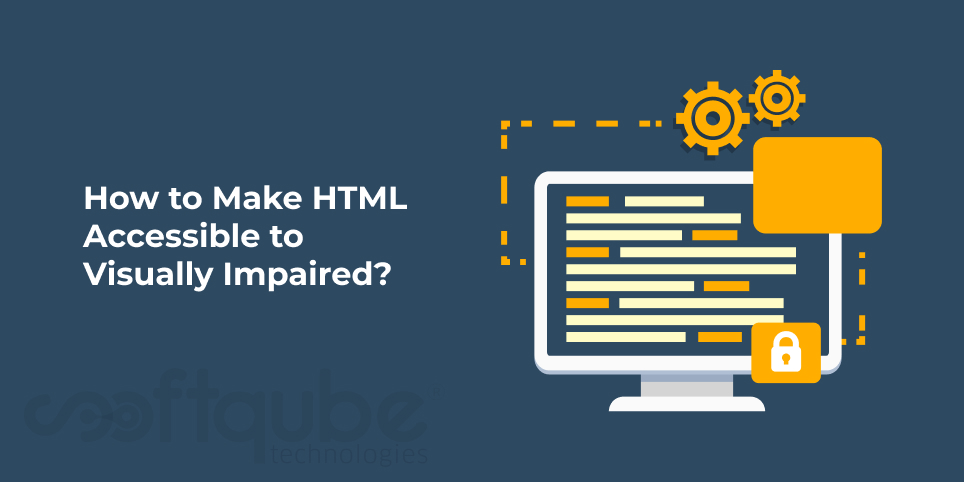How to Make HTML Accessible to Visually Impaired?
March 14, 2016

When it comes to web design, accessibility is very important. If the website is not accessible properly then there are chances of getting few visitors. In order for website to be accessible by everyone including visually impaired ones; it is necessary to create a design that is easy for them to use.

This depends on the quality of HTML used to write the website code as it is as important as its visual look. For this, HTML must be semantic. So, what are semantics?
HTML Semantics:
In order to understand the importance of HTML Semantics; it is first of all necessary to understand the term “Semantics” in context to web application. In general sense; semantics can be known as “branch of linguistics and logic that is concerned with meaning”.
A website is understood in different ways by different people. Visually impaired people experience it through touch on several Braille output devices.
How Semantics must be applied to any Website?
Here, we are discussing about ways to make website accessible for visually impaired people. Such people use assistive technologies that offer quality interface to understand the content. For website interaction; two separate interfaces are to be used to convey the meaning to the users.
The section of user demographics who make use of browsers like as Chrome or FireFox and then are solely dependent on visual cues will infer the meaning of the page entirely from its visual design language.
Users of assistive devices like as screen readers rely highly on semantic nature of HTML to get the same meaning.
How HTML can be used in assistive devices?
Several types of mechanisms are to be used from HTML. These include:
- Hierarchy inferred representation of the page that is known as Document Outline. It depends on important structural elements in order to develop a document structure which is to be used for document presentation in several different ways.
A separate example of this is OSX Voiceover’s “Web Rotor” feature that presents the user with a complete list of ‘landmarks’ within the document which allows quick navigation.
- It is high level composition that contains an enriched document object model representation as well as objects from user interface which is referred to as Accessibility tree.
Great Power and Great Responsibility go hand in hand:
It is a tough task to convey the meaning of complete website to visually impaired ones. Yes, making customers understand your website is the basic aim of web. A common pitfall is when website becomes inaccessible and it arises from web developers being unable to understand the difference between explaining the HTML role as well as the explaining the presentation of that meaning. This difference between content and presentation is powerful and it displays a variety of visual designs that use the same HTML structure.
This allows a fixed typeset into virtually any of the HTML structures that can be used in different levels of semantic quality.
Will it work with old HTML?
The web sphere has quickly involved due to technological advancements and rich internet applications that include the characteristics of desktop applications. These user interfaces include complex HTML structures and these become difficult for assistive technologies to infer their intent without using some level of analysis.
The HTML specifications are very less flexible and hence it cannot include current user interface trends.
Take Away:
So, whenever you compose any HTML structure; you ensure that its meaning must be explained with the use of correct HTML elements as well as ARIA state and role flags wherever necessary.
Only then, one must pay attention to the presentation of those structures. Hope you liked this post. Let us know your views about the same. For more such tips and tricks, stay connected to Softqube Technologies; a hub of expert website developers in India.
Share on







